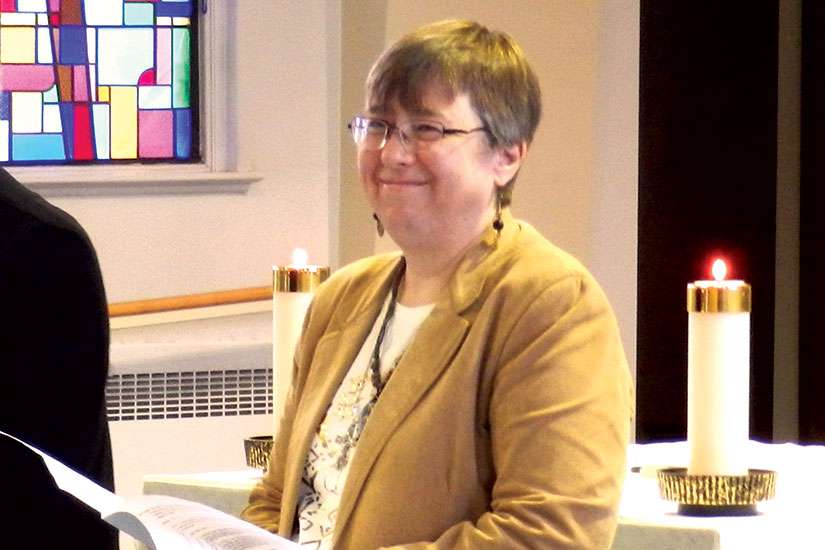Sr. Christine Carbotte took her first vows with the Congregation of Sisters of St. Joseph in Canada last October at 53 years old. She hasn’t looked back since.
“One of the really cool things about our spirituality is the looking for more,” said Carbotte. “When I look back, I see that I am getting more and more satisfied in this life and this is really where I’m called to be.”
Carbotte had thought about religious life as a teenager, but it wasn’t until she was 48 that she really examined how she wanted to find fulfillment.
Many men and women discover their call to religious vocation at a later stage in life. In fact, Fr. Thomas Scott, executive director of the Canadian Religious Conference (CRC), said it is becoming increasingly common in North America.
“For many years there was a distinction between vocations and late vocations, but I think this has broken down both in the case of priesthood and religious life,” he told The Catholic Register in an email.
“In the case of contemplative and monastic communities, it is often the case that candidates enter somewhat later in life.”
Although CRC does not have access to data specific to Canadian vocations, Scott said CRC members have been seeing the as American trend play out here for years.
Scott said many factors can contribute to later vocations. One issue prevalent in the United States is that religious communities are postponing the formation program for men and women with significant student debt.
“I know in the United States, the average age for ordination to the priesthood is about 35, which indicates that candidates began seminary studies at 28 or 29,” he said.
Redemptorist Father Graham Hill was ordained last June at the age of 54. He said he had always felt the pull to priesthood, but it wasn’t until he was 45 that he was really able to listen to God’s call.
“Yes, I’m a newly ordained priest, but I do have all of that experience in industry and in life, and I think that equips me really well for ministry,” said Hill, who is now working as pastor of Our Lady of Guadalupe Parish in Saskatoon, Sask.
“Many problems that people are facing in their daily life were problems I faced…. This notion of late vocations is actually important and a great gift to the Church because we bring so many different skills to the table.”
Br. Denis Claivaz said in his five years as vocations director for the Presentation Brothers in Toronto, he has worked with two young men and 11 in middle age.
Claivaz said there are two norms that exist for his congregation — one in the developing world and one in the developed world.
“The vast majority who are joining our congregation are in Africa. That tradition is holding on, that people are coming in at the end of their education in their mid-20s,” said Claivaz. “In the developed world, very few young people are joining religious life. Those who are showing any interest are those who are in their 40s and 50s.”
Claivaz said these middle-ages noviciates bring “a whole new spectrum to religious life” because they have a list of qualifications from their first life call.
Although older candidates may not be able to offer their community with as many years of service, they make up for it in the skills and experience. The biggest challenge in accepting older candidates is helping them shift from their individualistic living habits to that of community life.
“I found myself thinking what do I do with these investments? I’m used to having my own personal bank account. But when I stepped back I realized, I always had what I need,” said Sr. Michelle Gurlinski, 46, who took her first vows with the Sisters of the Holy Names of Jesus and Mary in Winnipeg last year.
“Everything is a gift and it’s not like when we enter religious life, our needs aren’t taken care of. We always have what we need.”


